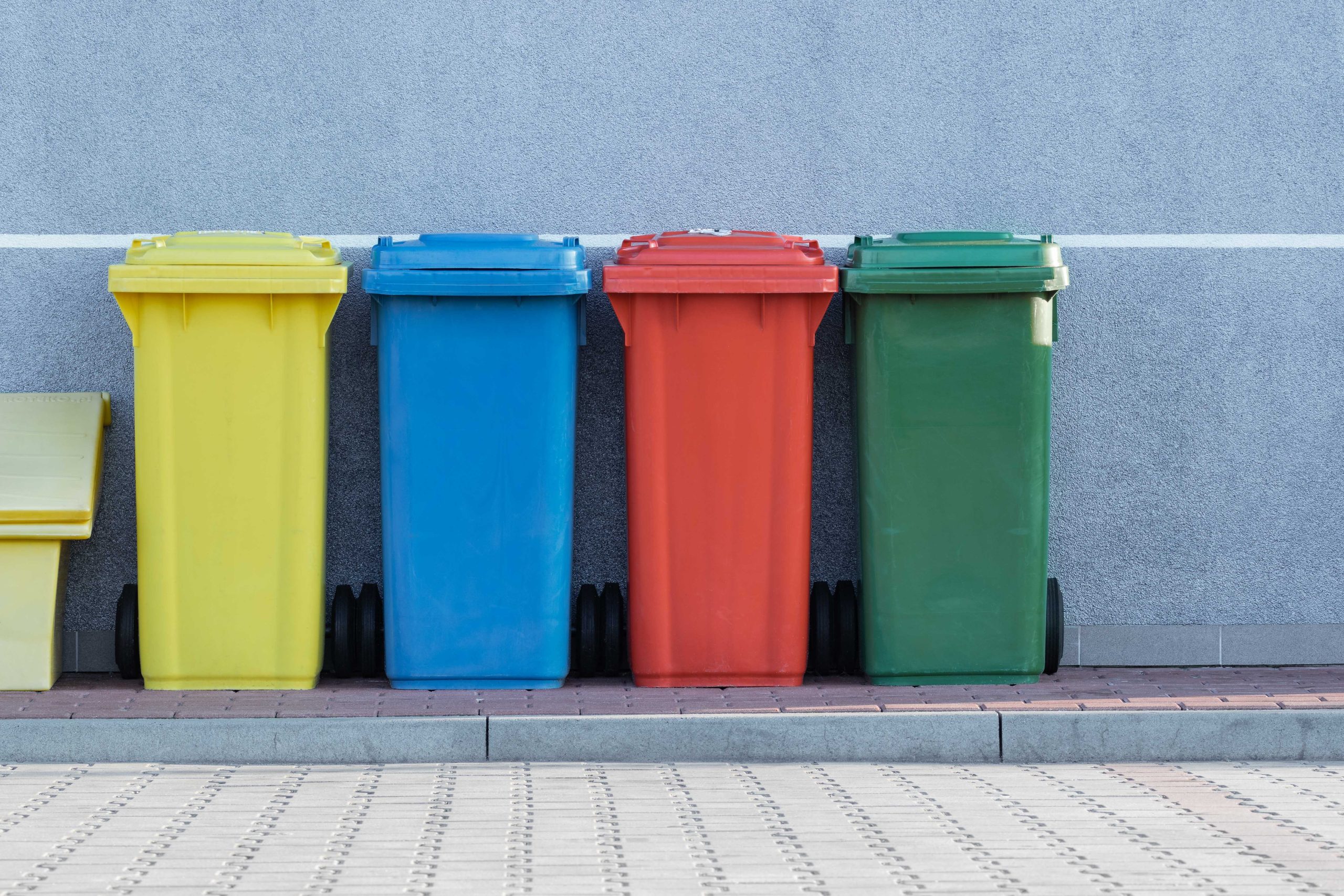A Decrease In Productivity
Sorting recyclables is the first step in the recycling process. All of the recyclables that come to TC Reprocessing are mixed together because the Vogel companies all provide single-stream recycling. Our Green Computer equipment uses magnets, optical sorters, chippers, shakers, blowers, and other methods to sort materials as they move down the line.
We can now process 600 tonnes of recyclable material per week with this new equipment. The machine, however, is only set up to handle recyclable materials, such as paper and cardboard. It’s impossible to have an effective process with anything else in place.
Our workers are still required to manually separate recyclables from non-recyclables in the line. The more – anti materials that make onto the route, the more difficult it is for the workers to identify them. They are also more likely to come into contact with potentially hazardous materials as a result of this.
Loss of Instrumentation (and danger to employees)
Unrecyclable materials may clog or break the machinery. It is possible for common household items to get caught in the machinery, such as plastic containers, hoses, wire hangers, and string lights. Small pieces of shattered bottles pose a risk because our employees must pick them out one-by-one.

It’s a lot more common to see things like golf bags or flammable gas canisters on a larger scale. A fire or catastrophic damage could result from using these items. There is a chance that repairs could cost tens of millions of dollars or more. There are times when we have to halt our processes because of equipment malfunctions, which reduces their efficiency and ends up causing us to become overworked.
To ensure the safety of our workers, the Motor City is equipped with features such as jake brakes. Your assistance in this effort is greatly appreciated.
Infectious Substances in Recyclables
It’s important to keep food safe. Things like unwashed snack jars and greasy pizza boxes can lead to contamination of an entire recycling bin. The contamination of other recyclable materials by broken glass is another issue.
A number of issues arise when recyclable material is contaminated. Secondly, it has the potential to attract pests and contaminate the environment. The second effect is a decrease in the marketability of recycled materials that have been processed. If a single thing contaminates a whole shipment of recyclables before it gets to the buyer, the buyer will reject the entire shipment!
This is a major issue facing the entire recycling industry, and it is affecting our bottom line. If we don’t improve the quality of our recyclable materials, we’ll have to pay our employees and manage our operating costs, which could lead to higher costs for recycling services across the country.
The Environment
Despite what you may think, recycling the wrong materials can actually harm the environment. First, non-recyclable waste must be transferred from the recycling facility to the landfill. In order to avoid this, the non-recyclable materials should have already been disposed of.
Recyclable materials are shipped to buyers around the world on an even larger scale. The entire shipment will have to be returned to the United States if they are rejected due to contamination. A global transfer of resources that wastes resources and pollutes the environment is a major global transfer.

